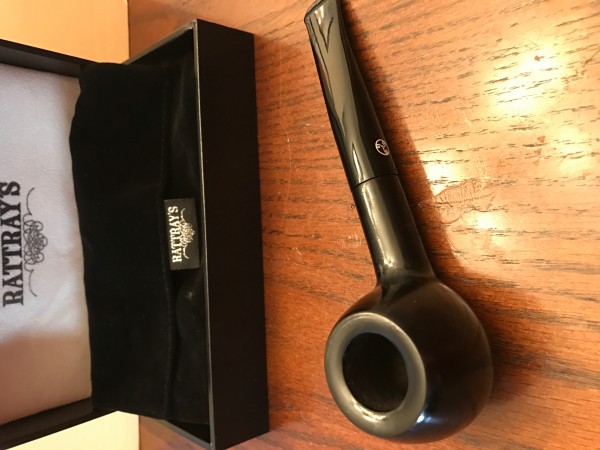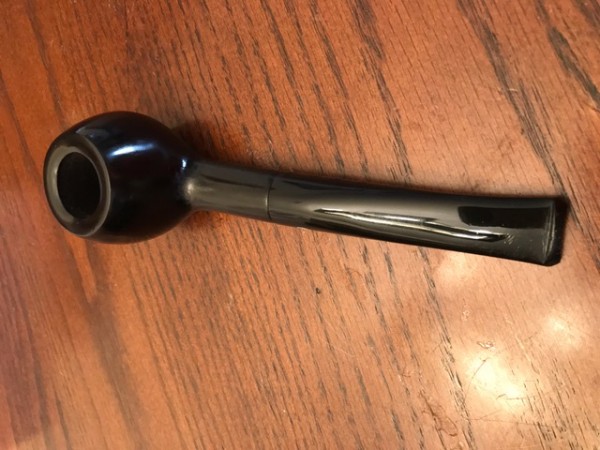So I've been doing a fair amount of reading on finishing wood items to a high gloss state, and here are the steps I've found. However none of my readings have been specific to Briar woods, nor the amount of heat pipes are subjected to.
1 - Sand, and sand again, starting with 600grt then 1200grt, 800frt if you can't find 1200grt.
2 - Buff with a buffing wheel. I think they use an all cotton buffing wheel.
3 - And here's where things get decidedly different depending on where you read
- 1st method - apply a thin coat of a varnish, lacquer, or shellac and again differences of opinions on which
- Apply Carnauba wax, buff and buff again generating some degree of heat to help the Briar absorb the wax
- Let is set for a day or so, then repeat the previous step, and then repeat this step ad nauseum.
- 2nd method - forget altogether applying the varnish, lacquer, or shellac, just use the Carnauba wax and buff
- Let is set for a day or so, then repeat the previous step, and then repeat this step ad nauseum.
The argument for using the varnish, lacquer, or shellac is that it seals the pours of the wood enabling the Carnauba to do it's job better because the wax will sit atop the varnish, lacquer, or shellac. I do know of at least one (then again I have only had contact with one) artisan pipe maker who does apply a thin coat of shellac.
The argument for not using the varnish, lacquer, or shellac is to allow the Carnauba to soak into the wood's pours and with multiple applications of thin Carnauba the Carnauba will fill the pours.
All my readings have a few things in common
1 - use thin, thin, thin amounts of Carnauba, Carnauba is the hardest of waxes and has the melting point
2 - lots of buffing in between applications
3 - lets set for a good long while (overnight seems to be the consensus) between applications
Also, there seems to be a fair amount of dissension as to using pure hard Carnauba wax, or if auto polish Carnauba wax will work.
So I have summarized my readings and the varying paths that I could go down, because none of my readings have been specific to Briar woods, nor the amount of heat pipes are subjected to, what say ye?
Todd









